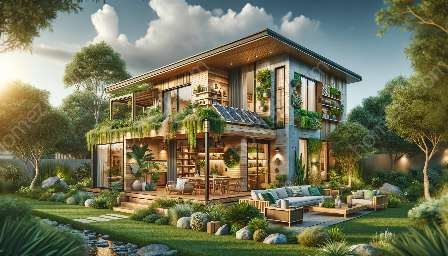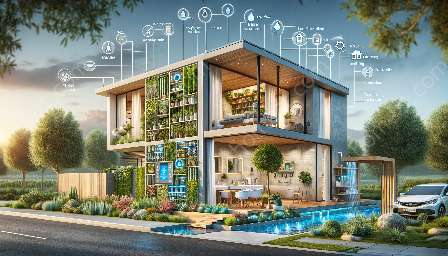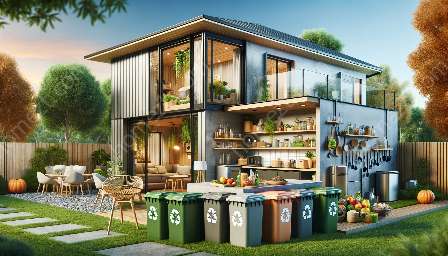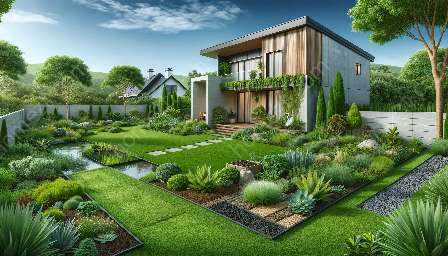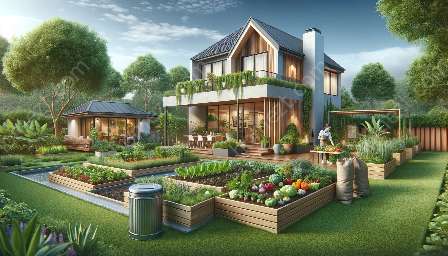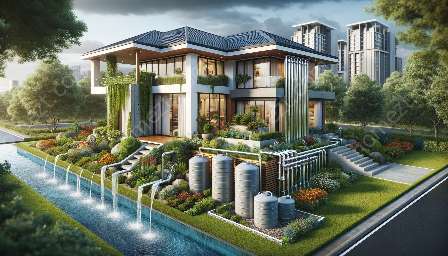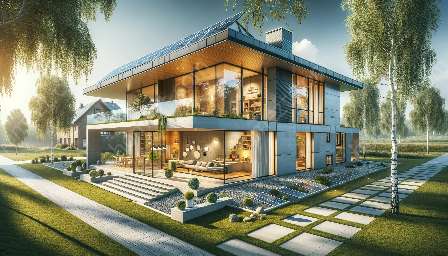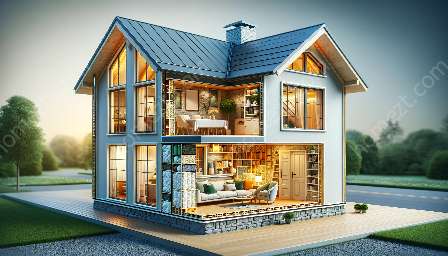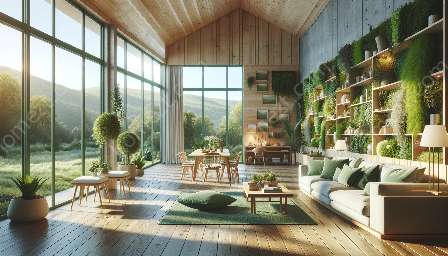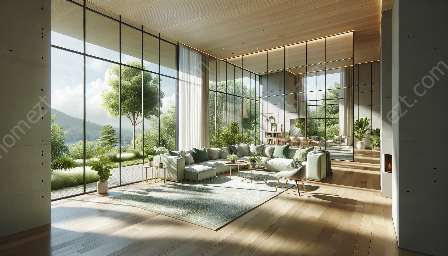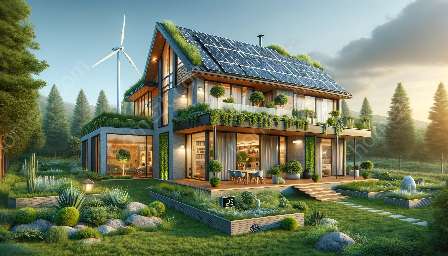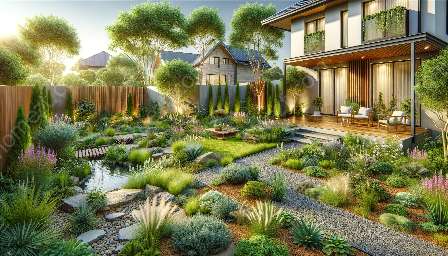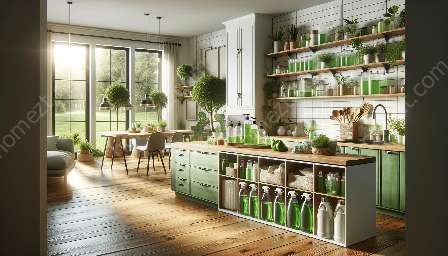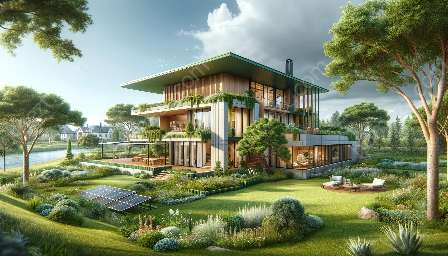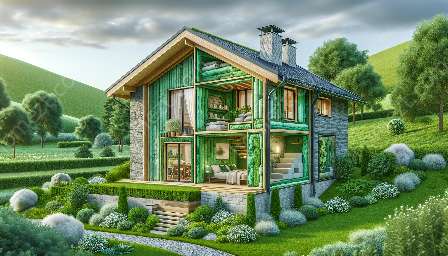Passive cooling and heating systems are essential components of green homes, aiming to maximize energy efficiency and environmental sustainability while ensuring optimal comfort for inhabitants. This article explores the various passive cooling and heating methods and their compatibility with green homes.
Understanding Passive Cooling and Heating
Passive cooling and heating systems leverage natural processes and design elements to regulate indoor temperatures without the need for active mechanical systems, significantly reducing energy consumption and environmental impact. These systems are particularly well-suited for integration within green homes, where sustainability and energy efficiency are paramount.
Passive Cooling Strategies
Passive cooling strategies aim to minimize heat gain and maximize heat dissipation within a building, especially during warmer months. Key methods include:
- Natural Ventilation: Utilizing windows, doors, and architectural features to promote airflow and cooling breezes throughout the home.
- Shading and Insulation: Implementing strategic shading elements and high-quality insulation to reduce solar heat gain and maintain comfortable indoor temperatures.
- Thermal Mass: Using materials with high thermal mass, such as concrete or stone, to store and release heat, stabilizing indoor temperatures.
Passive Heating Strategies
Passive heating strategies seek to harness and retain solar energy to warm the interior spaces, particularly during colder months. Notable approaches include:
- Solar Design: Orienting the building and incorporating glazing to optimize solar gain and passive solar heating.
- Heat Recovery Ventilation: Employing ventilation systems that capture and redistribute heat from outgoing air to incoming fresh air, enhancing interior warmth.
- Thermal Insulation: Utilizing advanced insulation materials and techniques to minimize heat loss and bolster thermal comfort.
Integration with Green Homes
The integration of passive cooling and heating systems aligns seamlessly with the principles of green homes, encompassing sustainability, energy efficiency, and occupant well-being. By implementing these systems, homeowners can significantly reduce their carbon footprint and energy expenses while enjoying a comfortable living environment.
Energy Efficiency
Passive cooling and heating systems play a vital role in enhancing the overall energy efficiency of green homes. By minimizing the reliance on active mechanical systems, these solutions contribute to lower energy consumption and reduced greenhouse gas emissions, reflecting a commitment to environmental stewardship.
Sustainability
Incorporating passive cooling and heating aligns with the broader goal of fostering sustainable living practices within green homes. The utilization of natural resources and the reduction of reliance on non-renewable energy sources exemplify a dedication to environmental conservation and responsible resource utilization.
Comfort and Well-being
Beyond their ecological benefits, passive cooling and heating systems prioritize the well-being of occupants within green homes. By maintaining consistent and pleasant indoor temperatures, these systems create a nurturing and comfort-enhancing environment that promotes inhabitants' health and satisfaction.
Conclusion
Passive cooling and heating systems are integral aspects of sustainable, eco-friendly homes, embodying the fusion of innovative design, energy efficiency, and environmental consciousness. By embracing these strategies, homeowners can curate living spaces that not only minimize environmental impact but also prioritize the comfort and well-being of those who dwell within.

